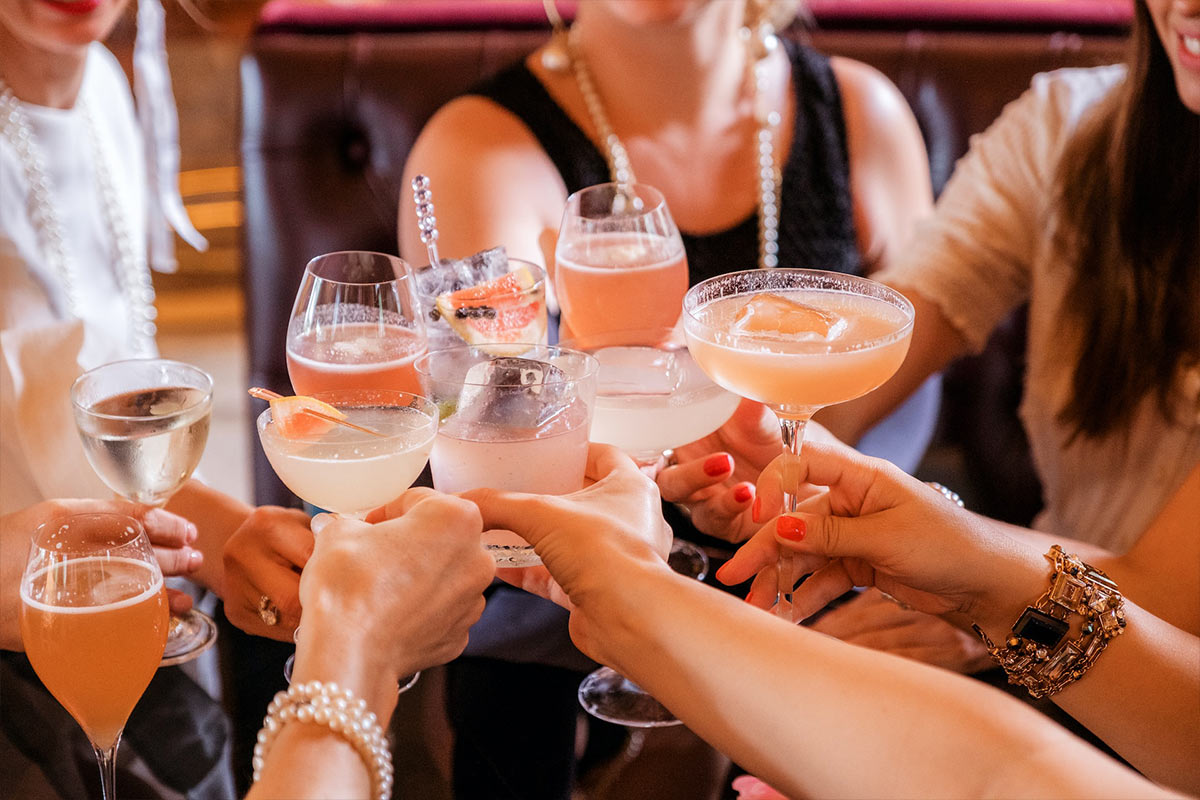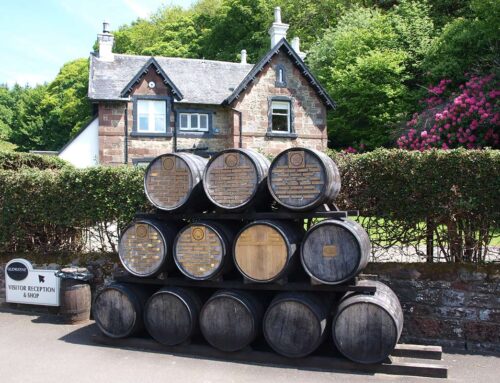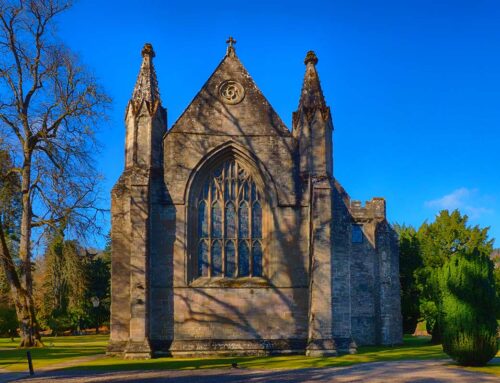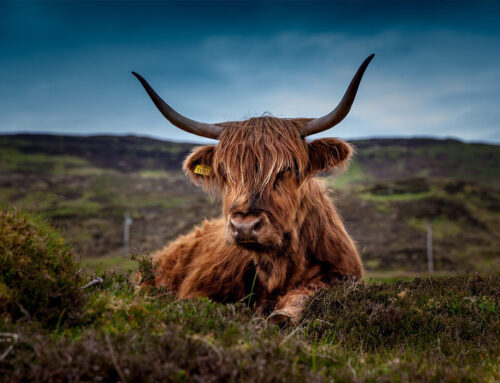First Footing: A Time-Honoured Scottish Tradition to Welcome the New Year

First footing is a beloved tradition in Scotland and Northern England, deeply rooted in history and superstition. It revolves around the arrival of the first person – the ‘first foot’ – to enter a house after midnight on New Year’s Eve, marking the start of the New Year.
The Significance of the First Footer
The first footer should traditionally be a dark-haired male, believed to bring good luck for the year ahead. This stems from the Viking days when a fair-haired stranger arriving at one’s door often signified trouble. The dark-haired first footer, ideally tall and dark, is seen as a protector against any ill fate that might be lurking.

Avoiding Bad Luck in First Footing
Hair Colour of the First Footer: The belief that a dark-haired first footer brings good luck is deeply ingrained in the tradition. Conversely, in some regions, it is thought that a fair-haired or light-haired person, especially following the Viking era, might bring bad luck if they are the first to cross the threshold after midnight.
Arriving Empty-Handed: A first footer must not arrive at a house empty-handed. It is considered bad luck for both the household and the first footer if they do not bring symbolic gifts like coal, bread, salt, silver, or whisky. These items are meant to ensure the household’s warmth, food supply, wealth, and good cheer for the coming year.
Leaving the House Before Midnight: It is also considered unlucky for anyone to leave the house before the first footer arrives. The act of stepping out, even briefly, before the first foot crosses the threshold is believed to bring misfortune.
Modern Interpretations and Regional Variations
In contemporary times, while many still adhere to these traditions strictly, others take a more relaxed approach, focusing on the festive and communal aspects of the custom. The emphasis has shifted towards celebrating the New Year’s arrival with friends and family, sharing in good cheer and warm hospitality.
The Ritual and Celebrations
As midnight strikes on New Year’s Eve, marking the transition to the New Year, families and friends eagerly await the first foot. This person’s arrival is often celebrated with warm hospitality, including sharing food, drinks, and exchanging greetings and well-wishes. In many Scots homes, this tradition is an integral part of the Hogmanay party, the Scottish celebration of New Year’s Eve.
First Footing and New Year’s Eve Celebrations
This tradition, with its roots possibly in ancient winter solstice rituals, continues to be an important part of Scottish culture. It emphasises community, good fortune, and starting the year on a happy note. Despite modern adaptations, the essence of first footing – to bring luck and ensure good luck in the coming year – remains a cherished practice.

Embracing Tradition and Goodwill
As we explore the many customs and practices around the world, first footing stands out for its blend of superstition, history, and the universal desire for good luck and prosperity. Whether you’re in Scotland, Northern England, or anywhere else that has adopted this practice, the act of first footing is a charming way to usher in the New Year with hope, warmth, and good cheer.

FAQs
Why is a dark-haired man considered the ideal first foot?
The tradition of a dark-haired man as the first foot dates back to the Viking era in Scotland. It was believed that a dark-haired man would protect the household from evil spirits and bring good luck, in contrast to the fair-haired Vikings who were associated with invasions and plunder.
What is the significance of the first person to enter the house after midnight?
The first person to enter the house after midnight on New Year’s Eve, known as the first foot, is believed to set the tone for the year ahead. This person’s characteristics and the gifts they bring are thought to influence the household’s fortune for the coming year.
How is First Footing related to the winter solstice holiday?
First Footing likely has its roots in ancient winter solstice celebrations. These rituals were centred around dispelling the darkness and welcoming the return of the light, symbolising rebirth and renewal, similar to welcoming a prosperous new year.
What does the smoking stick represent in some first footing traditions?
In certain regional variations of the tradition, the first footer carries a smoking stick, often made of juniper. This is believed to purify the home by warding off evil spirits and ensuring the family’s health and well-being.
Is First Footing a popish or Catholic feast?
First Footing is not specifically a popish or Catholic feast. It is more of a cultural tradition in Scotland and some parts of Northern England, transcending religious affiliations and focusing on bringing good luck for the new year.
How is prosperity represented in the First Footing tradition?
Prosperity is symbolised by the gifts the first footer brings, especially a silver coin or a lump of coal. The coin represents financial prosperity, while the coal signifies warmth and sustenance for the year ahead.
Should all your debts be cleared before First Footing?
It’s a traditional belief that settling all your debts before the New Year, including before the first footing, is essential for starting the year on a good note. This practice symbolises a clean break from the past and a fresh start.
What is the role of the lump of coal in First Footing?
The lump of coal is one of the traditional gifts carried by the first footer. It symbolises warmth and is believed to ensure that the household will not go cold in the upcoming year.
Are there first footers in other cultures with a similar tradition?
Yes, similar traditions exist in other cultures. For instance, in Greece, the first person who enters the house after the New Year is called the ‘Podariko’ and is believed to bring good fortune.









